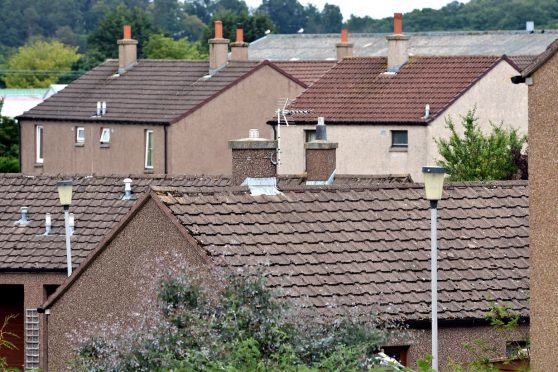The Highlands and Islands is the second most expensive region in Scotland to rent property after a major jump in prices, new figures have revealed.
According to the Your Move Rental Tracker the average rental in the Highlands is £656 per month – only Edinburgh and Lothian is pricier at £668.
That is an 11.1% increase compared to last year. The average national rent rise was just 0.6%.
That makes it more than £100 a month more expensive than renting in Aberdeenshire, Perthshire, Angus, Dundee and Fife and the Borders, in Glasgow and Clyde it cost £584.
Brian Moran, National Lettings Director of Your Move Scotland, said the local economy and longer term renting have been the main drivers of the rise in prices.
He said: “I would probably say here that it is covered by the economy – it even drives it. Nobody wants rents to be driven high creating rent pressure zones.
“It is very much down to supply and demand, there are also factors like the desirability of the property.”
He added: “What we are finding is driving the market is for houses, with demand for longer term three and four bedroom property – more families are choosing to set up home for longer.”
In contrast the most expensive region Edinburgh and Lothian the opposite is true with Airbnb short-term rentals affecting the market there.
Mr Moran said: “They have bigger concerns about what Airbnb is doing to the market with those rentals artificially inflating costs.”
Overall the prognosis for the Scottish rental market was positive with Your Move saying the market performed “solidly” for the year.
That is despite the disparity in prices across the different regions with the East of Scotland showing the cheapest rents at £533 per month.
Mr Moran hailing said: “It has been solid and reliable for the Scottish rental market in the last 12 months, but this will appeal to investors in a world where so many other asset classes are proving volatile.
“The returns delivered to landlords remain very competitive, especially when compared to those in England and Wales.
“This stable outlook will encourage landlords to invest again in the market, as well as in the properties they already own.”
Mr Moran said: “Arrears levels have also stabilised, suggesting that the market has found a good equilibrium for both tenants and landlords.”
